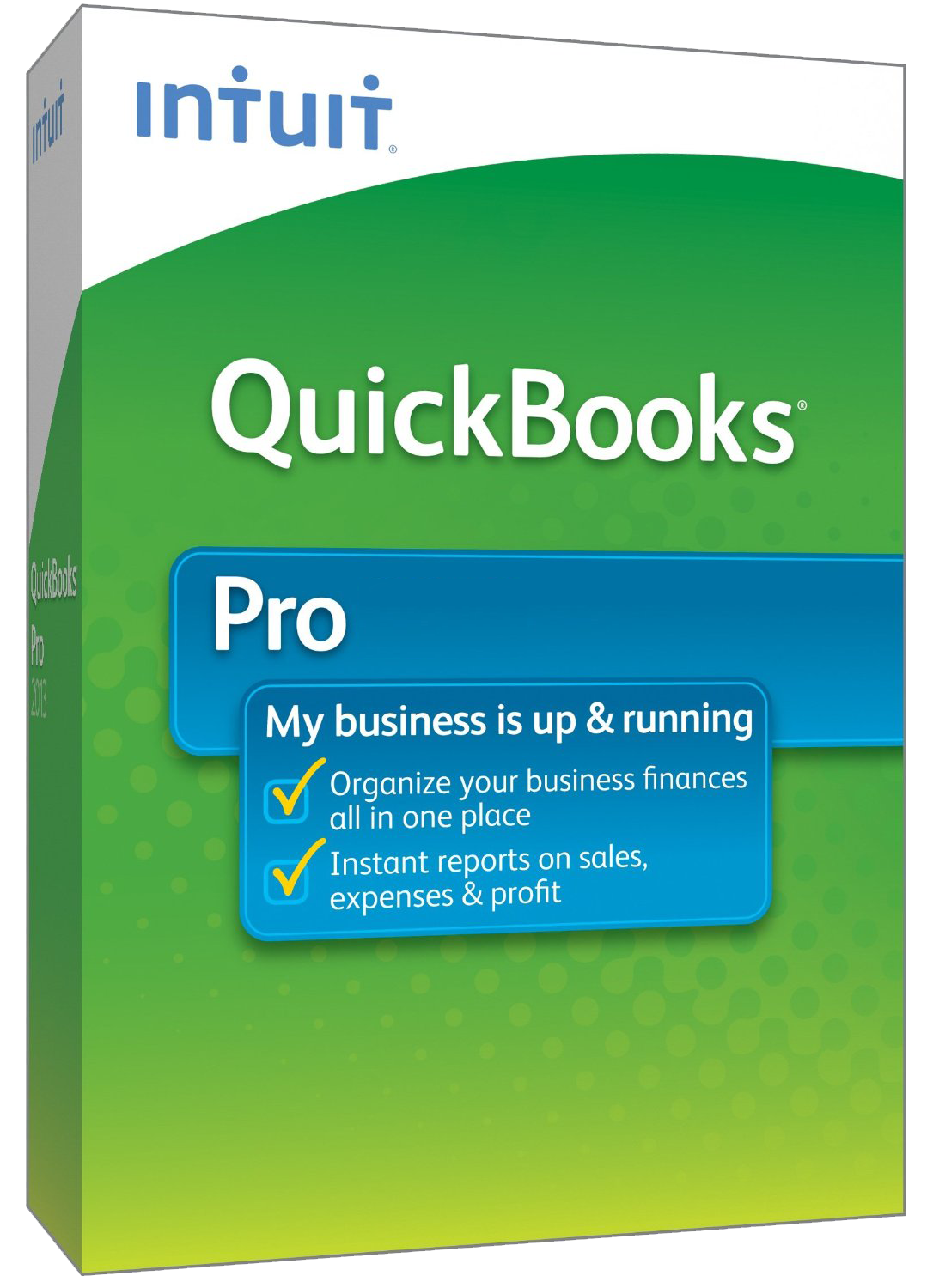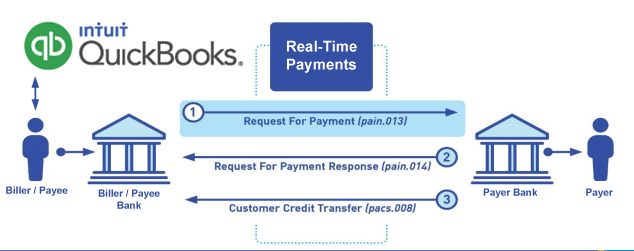QuickBooks® Accounts Receivable Aging
The Best Solution for Accounts Receivable Aging in QuickBooks®
Today Payments is an Authorized Developer of Intuit offering a highly robust app that supports both QuickBooks’ desktop and online customers, provide merchants with the tools they need so they can focus more time on their customers and businesses, and less time on data entry. "Our Integrated payment solutions can save a typical small business owner more than 180 hours each year"
"Our Integrated payment solutions can save a typical small business owner more than 180 hours each year"See
the features
QuickBooks® ACH, Cards, FedNow and Real-Time Payments
- Payment processing for all QuickBooks desktop, Pro, Premier, Enterprise and also QBO QuickBooks Online Our software is designed for simplicity and ease-of-use.


- ~ Automate Account Receivable Collection
- ~ Automate Account Payable Payments
- ~ One-time and Recurring Debits / Credits
Secure QB Plugin payment processing through QuickBooks ® specializes in the origination of moving money electronically.
Ask about our special:
Request for Payments
Creating an Accounts Receivable (AR) Aging report for FedNow and RTP (Real-Time Payments) using Excel software and then uploading and syncing the data into QuickBooks Online (QBO) and QuickBooks involves several steps. Here's a guide on how you might achieve this:
1. Excel Template Setup:
1. Headers:
· Create column headers in Excel for essential information such as Customer Name, Invoice Number, Invoice Date, Due Date, Amount, Payment Status, and any other relevant details.
2. Data Entry:
· Enter the details of each receivable into the respective columns.
2. Status Tracking:
3. Payment Status:
· Include a "Payment Status" column to track whether the invoice is outstanding, partially paid, or fully paid.
3. Days Outstanding Calculation:
4. Days Outstanding Column:
· Create a column to calculate the number of days each invoice is overdue. Use a formula like:
excelCopy code
=IF([Due Date Cell] < TODAY(), TODAY() - [Due Date Cell], 0)
4. Categorize Outstanding Invoices:
5. Age Categories:
· Create aging categories (e.g., "Current," "1-30 Days," "31-60 Days," etc.) based on the days overdue.
6. Status Column:
· Create a column to categorize the status of each invoice, such as "Outstanding," "Partially Paid," "Fully Paid," or "Void."
5. Analysis and Reporting:
7. Total Outstanding Amount:
· Create a formula to calculate the total outstanding amount. Use the SUMIFS function to sum amounts based on aging categories.
8. Charts and Graphs:
· Utilize charts or graphs to visually represent the distribution of outstanding invoices.
6. Integration with QBO and QuickBooks:
9. Export Data from Excel:
· Save the Excel template as a CSV file.
10. QuickBooks Online Integration:
· In QBO, go to the relevant section (e.g., Banking) and select "Upload a file" or use the appropriate option to import data.
11. Map Fields:
· Map the fields in your CSV file to the corresponding fields in QuickBooks during the import process.
12. Review and Confirm:
· Review the imported data in QuickBooks and confirm the transactions.
7. Regular Updates:
13. Data Entry Updates:
· Regularly update the Excel template with new invoices, payments, or changes in payment status.
8. Automation (if applicable):
14. Automated Alerts (Optional):
· Set up automated alerts or notifications for specific conditions (e.g., overdue invoices).
9. Documentation and Audit:
15. Documentation:
· Keep a record of transactions, updates, and any adjustments made for audit and reference purposes.
10. FedNow and RTP Specifics:
16. Include FedNow and RTP Details:
· Depending on the integration, include columns for FedNow and RTP-specific details, such as Transaction IDs, Sender's Name, and relevant information.
Notes:
- Ensure that the CSV file is properly formatted, and the data aligns with the fields in QuickBooks during the import process.
- Regularly reconcile your Excel template with the actual transaction data from FedNow and RTP for accuracy.
- Always refer to the latest documentation for QuickBooks Online for any specific features or updates related to data integration.
This process involves a combination of Excel for initial data management and QuickBooks Online for further accounting and financial management. If you encounter difficulties, consider reaching out to QuickBooks support for assistance.

Call us, the .csv and or .xml Request for Payment (RfP) file you need while on your 1st phone call! We guarantee our reports work to your Bank and Credit Union. We were years ahead of competitors recognizing the benefits of RequestForPayment.com. We are not a Bank. Our function as a role as an "Accounting System" in Open Banking with Real-Time Payments to work with Billers to create the Request for Payment to upload the Biller's Bank online platform. U.S. Companies need help to learn the RfP message delivering their bank. Today Payments' ISO 20022 Payment Initiation (PAIN .013) show how to implement Create Real-Time Payments Request for Payment File up front delivering message from the Creditor (Payee) to it's bank. Most banks (FIs) will deliver the message Import and Batch files for their company depositors for both FedNow and Real-Time Payments (RtP). Once uploaded correctly, the Creditor's (Payee's) bank continuing through a "Payment Hub", will be the RtP Hub will be The Clearing House, with messaging to the Debtor's (Payer's) bank.
Our in-house QuickBooks payments experts are standing ready to help you make an informed decision to move your company's payment processing forward.
Pricing with our Request For Payment Professionals

1) Free ISO 20022 Request for Payment File Formats, for FedNow and Real-Time Payments (The Clearing House) .pdf for you manually create "Mandatory" (Mandatory data for completed file) fields, start at page 4, with "yellow" highlighting. $0.0 + No Support
2) We create .csv or .xml formatting using your Bank or Credit Union. Create Multiple Templates. Payer/Customer Routing Transit and Deposit Account Number may be required to import with your bank. You can upload or "key data" into our software for File Creation of "Mandatory" general file.
Fees = $57 monthly, including Support Fees and Batch Fee, Monthly Fee, User Fee, Additional Payment Method on "Hosted Payment Page" (Request for file with an HTML link per transaction to "Hosted Payment Page" with ancillary payment methods of FedNow, RTP, ACH, Cards and many more!) + $.03 per Transaction + 1% percentage on gross dollar file,
3) Payer Routing Transit and Deposit Account Number is NOT required to import with your bank. We add your URI for each separate Payer transaction.
Fees Above 2) plus $29 monthly additional QuickBooks Online "QBO" formatting, and "Hosted Payment Page" and WYSIWYG
4) Above 3) plus Create "Total" (over 600 Mandatory, Conditional & Optional fields of all ISO 20022 Pain .013) Price on quote.
